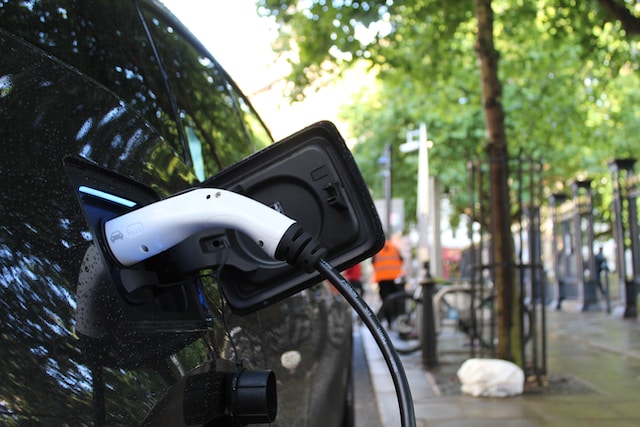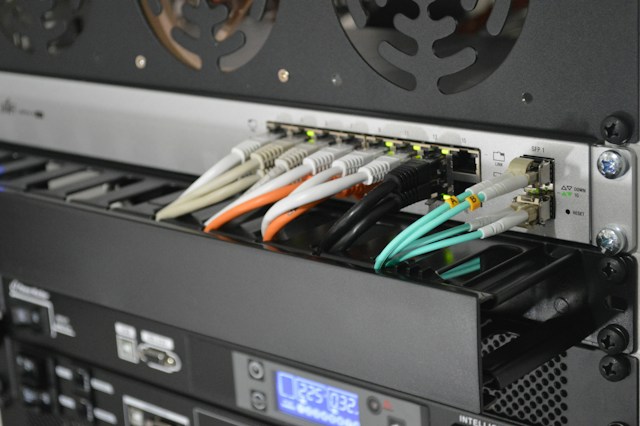Researchers have found a way to produce electricity from an unexpected energy source – a strip of rubber coated with bacterial spores. The contraption makes use of bacterial spores to harness the untapped power of evaporating water.
Scientists have managed to generate electricity using a strip of latex rubber coated with bacterial spores of “Bacillus subtilis” to power a new electric generator. But why this particular strain of bacteria?
Harmless soil bacterium Bacillus subtilis has a neat survival trick. The bacterium can easily withstand adverse environmental conditions. When nutrients are scarce, it turns itself into a tough little spore that can survive heat, desiccation, chemical assaults, radiation and anything else the world can throw at it.
These spores respond to changes in humidity, they shrink when the air dries and plump up again when exposed to moisture. Researchers realized they could harness this physical movement to make an actuator to generate electricity.
How the electricity is generated:
The researchers slathered bacterial spores on one side of a latex rubber sheet. When the sheet dried it curled up like a dry leaf. Increasing the humidity caused the sheet to straighten out again.
Scientists used this sheet to build a humidity-driven generator out of Legos. Here, the spore-coated rubber acted as a cantilever flipping back and forth, driving a rotating magnet to generate electricity.
Researchers foresee once such a device is properly scaled up it can utilize the natural evaporation of water to generate a good amount of clean electricity.






